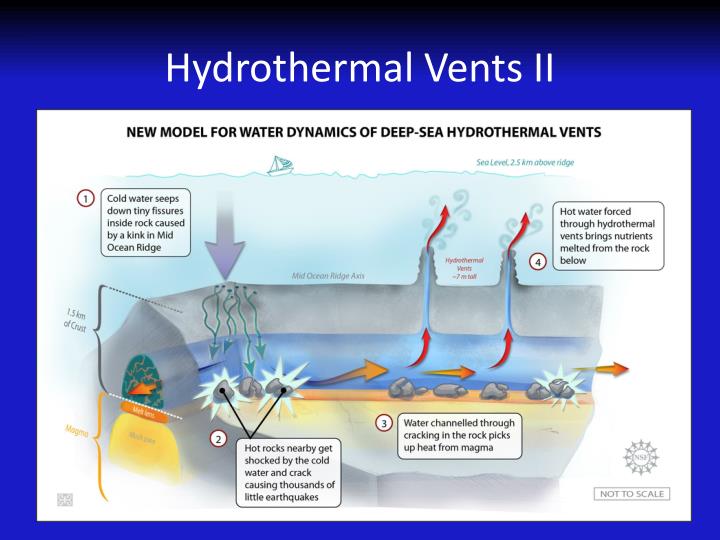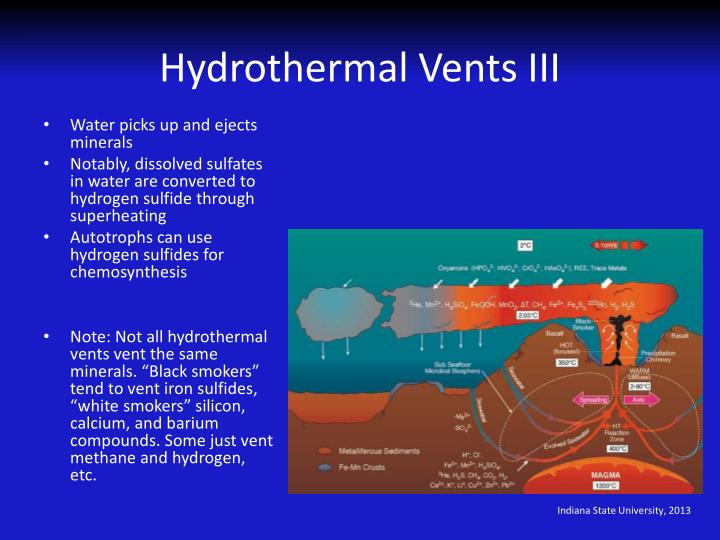Are you having trouble finding 'chemosynthesis communities'? You can find all of the material on this webpage.
Chemosynthesis occurs around the hydrothermal vents astatine deep levels of the ocean. Communities of creatures rich person adapted to live in these barren conditions and cover to thrive direct the process of chemosynthesis. A hydrothermal vent is alike a geyser connected the ocean’s base.
Table of contents
- Chemosynthesis communities in 2021
- Chemosynthesis examples
- Where does chemosynthesis occur
- Chemosynthesis diagram
- Chemosynthetic bacteria examples
- Chemosynthesis equation
- Chemosynthetic organisms examples
- Chemosynthesis process
Chemosynthesis communities in 2021
 This image shows chemosynthesis communities.
This image shows chemosynthesis communities.
Chemosynthesis examples
 This picture demonstrates Chemosynthesis examples.
This picture demonstrates Chemosynthesis examples.
Where does chemosynthesis occur
 This image shows Where does chemosynthesis occur.
This image shows Where does chemosynthesis occur.
Chemosynthesis diagram
 This picture representes Chemosynthesis diagram.
This picture representes Chemosynthesis diagram.
Chemosynthetic bacteria examples
 This picture illustrates Chemosynthetic bacteria examples.
This picture illustrates Chemosynthetic bacteria examples.
Chemosynthesis equation
 This picture illustrates Chemosynthesis equation.
This picture illustrates Chemosynthesis equation.
Chemosynthetic organisms examples
 This image shows Chemosynthetic organisms examples.
This image shows Chemosynthetic organisms examples.
Chemosynthesis process
 This picture illustrates Chemosynthesis process.
This picture illustrates Chemosynthesis process.
How is hydrogen sulfide used in the chemosynthesis process?
Giant tube worms use bacteria in their trophosome to fix carbon dioxide (using hydrogen sulfide as an electron and oxygen or nitrate as an energy source) and produce sugars and amino acids. Some reactions produce sulfur:
What kind of animals are associated with chemosynthetic communities?
Many other animals are associated with these chemosynthetic communities because of this increased productivity. At first, many small, grazing animals, such as snails and shrimp, move into the areas and eat large numbers of bacteria. They are able to withstand the high concentrations of chemicals in the area.
Where does chemosynthesis occur in the deep ocean?
Chemosynthesis occurs in hydrothermal vents in the deep ocean floor at elevated temperatures and total darkness. A hydrothermal vent forms when magma and lava seep through cracks in the Earth’s crust, releasing chemical-rich compounds that are used by bacteria to produce organic molecules which can sustain life.
How is chemosynthesis supported by other microorganisms?
Chemosynthesis. Many chemosynthetic microorganisms are consumed by other organisms in the ocean, and symbiotic associations between chemosynthesizers and respiring heterotrophs are quite common. Large populations of animals can be supported by chemosynthetic secondary production at hydrothermal vents, methane clathrates, cold seeps,...
Last Update: Oct 2021